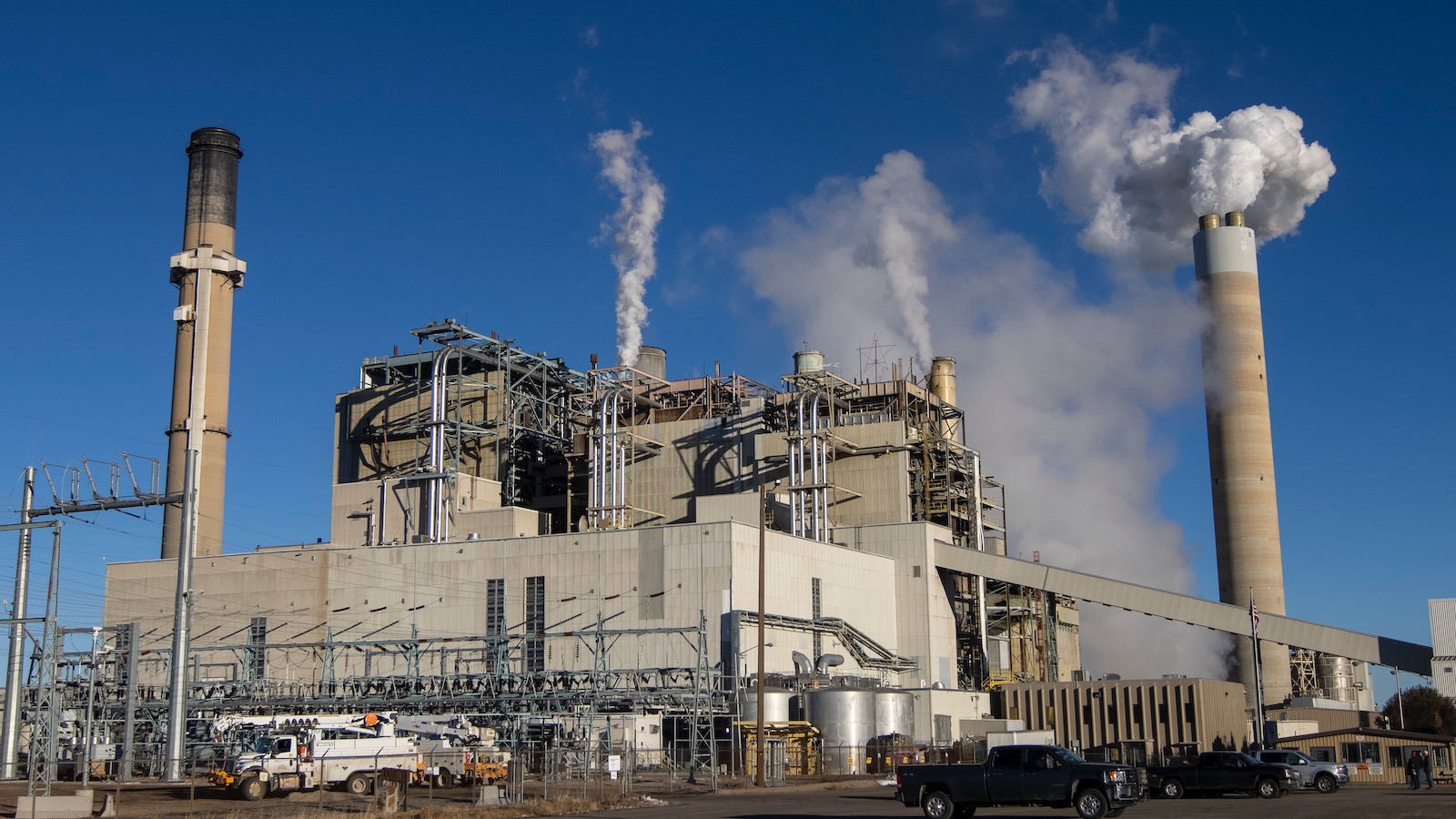Not long ago, coal was booming in the United States. The country’s power generators used more of that fuel in 2007 than ever before — a little over 1 billion tons. Four years later, the generating capacity of the nation’s coal-fired power plants peaked at 318 gigawatts, enough electricity for 238 million homes.
But over the last decade, the U.S. energy sector has made a dramatic pivot away from the greenhouse gas-spewing fossil fuel. Research shows it continues to do so at an astonishing pace. Nearly half of the generating capacity seen in 2011 is expected to vanish by the end of 2026, according to a report published Monday by the Institute for Energy Economics and Financial Analysis, a nonprofit think-tank focused on the global energy transition. The analysis also found that coal use by U.S. electric-power producers could hit just 400 million tons this year. And roughly 40 percent of the country’s current coal-fired capacity is set to close by 2030.
“People were not predicting it was going to happen that quickly,” Seth Feaster, the report’s author and a data analyst at the institute, told Grist. “This is a long-term structural decline. This is not an economic cycle that is simply going to go away. It is a real phaseout across the industry of the use of coal.”
The country’s current coal-fired electricity capacity is 184 gigawatts. That’s down 42 percent from the 318 gigawatts produced in 2011. As another 173 coal-fired power plants close or stop using coal in coming years, capacity is projected to hit 116 gigawatts by 2030.
Coal’s precipitous decline has resulted in large part from the natural gas boom and the rise of renewable energy. Their falling costs — owing to technological innovations and government incentives, like those in the Inflation Reduction Act — have made it cheaper to replace 99 percent of operating U.S. coal plants with solar and wind farms, according to a recent study from climate and energy think-tank Energy Innovation. Last year, more electricity came from renewables than from coal for the first time in U.S. history.
“Coal is unequivocally more expensive than wind and solar resources. It’s just no longer cost-competitive with renewables,” Michelle Solomon, a policy analyst at Energy Innovation, told the Guardian.
While coal consumption has been falling for a decade and hit a low during the first months of the pandemic, some industry observers thought it would rebound when natural gas prices jumped following Russia’s invasion of Ukraine. That didn’t really happen, Feaster said. Although consumption saw a slight resurgence in 2021, it again fell in 2022. The U.S. Energy Information Administration expects power generators to use less coal this year than in 2020.
“What’s most surprising about this decline is how many factors — including soaring gas prices, spurts of very high power demand from heat waves, and a robust post-pandemic economic recovery — should have aligned in 2022 to provide one of the better opportunities for a coal rebound,” Feaster wrote. “Instead, it appears to have slipped away in the face of railroad-based delivery troubles; labor shortages; a resistance or inability to ramp up production; and the apparent reluctance of utilities to switch back to coal from gas.”
Still, even as renewables usurp some of coal’s market share — which the EIA projects to drop from 20 to 17 percent this year — some analysts say the transition isn’t happening fast enough to meet the climate goals outlined in the Paris Agreement. Not only is natural gas, a fossil fuel, still the dominant source of electricity in the U.S., but globally, coal use has increased in recent years. The International Energy Agency expected it to reach an all-time high last year as countries like India and China continue to rely heavily on it.




